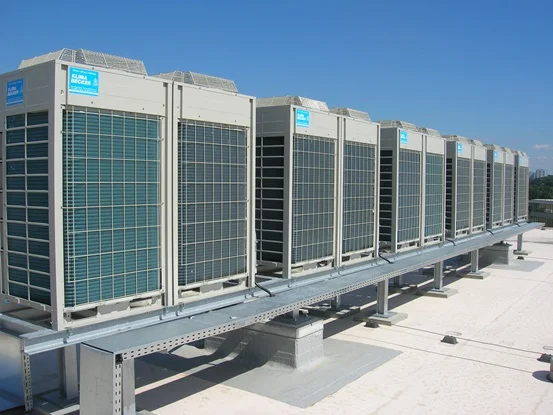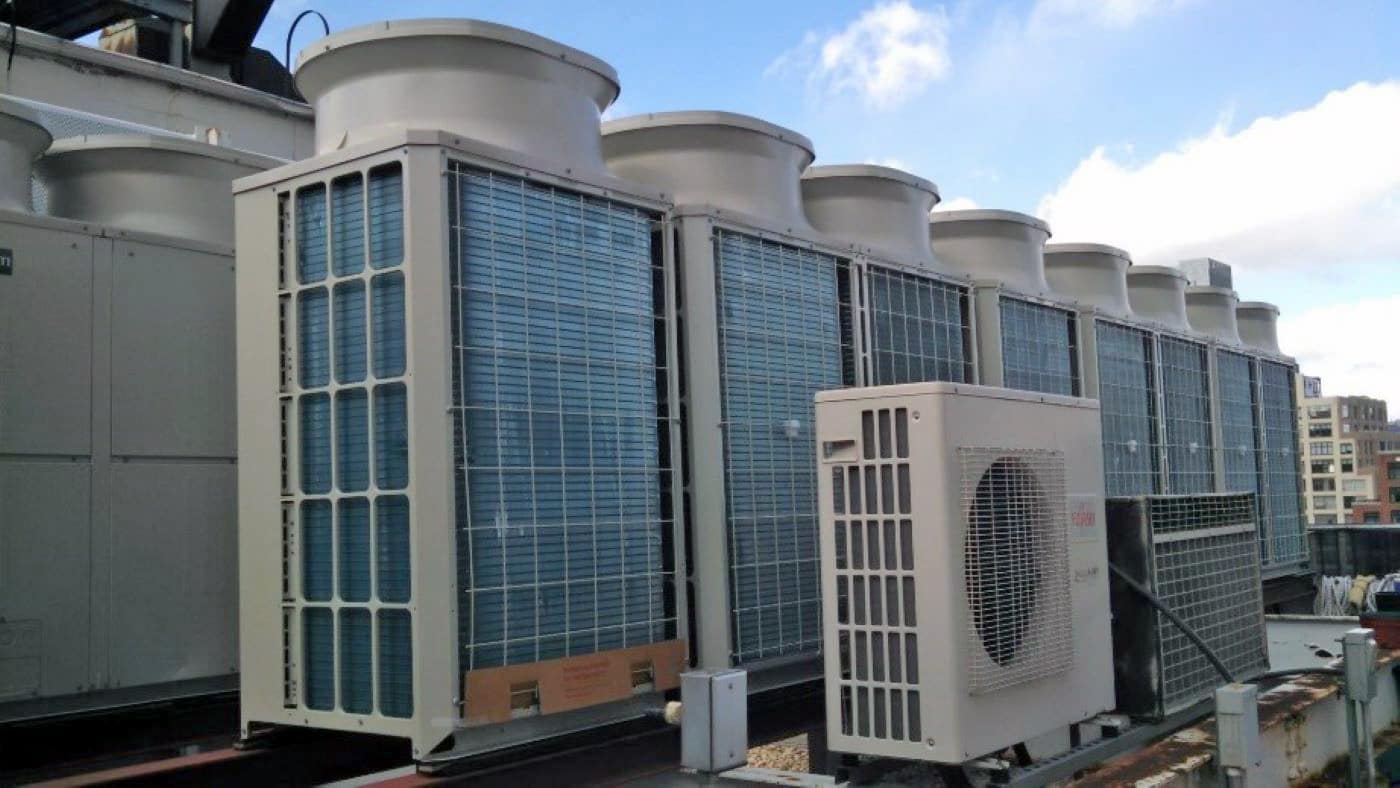-
 @ VNCHBT
2025-03-16 05:07:40
@ VNCHBT
2025-03-16 05:07:40You walk into a building, and it's blissfully cool, even on a scorching summer day. You might not think about it, but behind that comfort lies a system called a VRF (Variable Refrigerant Flow). It's like the unsung hero of modern air conditioning, silently working to keep you comfortable.

Imagine a Network of Tiny Refrigerators
Think of a VRF system as a network of mini-refrigerators, each serving a specific zone in a building. Instead of a single, bulky unit, you have multiple indoor units connected to an outdoor unit. This outdoor unit acts like the "brain" of the operation, pumping refrigerant to each indoor unit, which can be customized to suit your needs.

Flexibility is Key
Here's where things get interesting. With a VRF, you can control the temperature in individual rooms or zones, instead of the entire building. Need a cooler bedroom while the living room stays comfortably warm? No problem! This flexibility means you're only cooling the spaces you actually need, leading to energy savings and a smaller carbon footprint.
Beyond Comfort: Efficiency and Control
VRF systems are known for their high efficiency. They use variable-speed compressors, which adjust their power output based on the actual cooling needs. This means less energy wasted and lower operating costs.
And let's not forget about the control. VRF systems are often integrated with smart home technology, allowing you to adjust the temperature remotely using your smartphone or tablet. This gives you ultimate control over your comfort, even when you're not home.

VRF: Not Just for Buildings
While VRF systems are commonly used in commercial buildings, they are increasingly popular in residential homes too. Their flexibility, efficiency, and control make them an attractive option for homeowners looking for a modern and comfortable air conditioning solution.
Source: What is a VRF System?